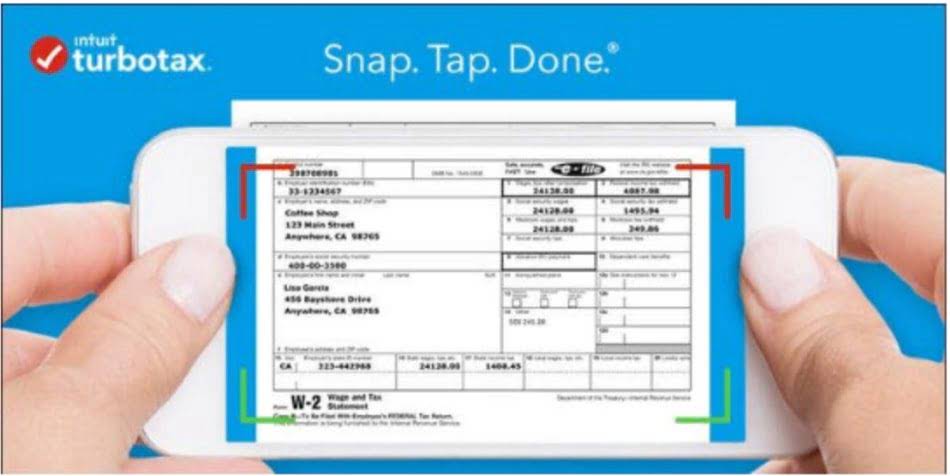
The same is true for convertible debt, which allows holders to either be repaid in cash or convert the debt into equity at a pre-set per-share price. And if these instruments are in the money, they represent current ownership of the company, even if technically the shares underlying the options, warrants or debt haven’t yet been issued. But the concept of outstanding shares is a bit more complicated than it seems. The number of shares outstanding changes over time, sometimes dramatically, which can impact the calculation for a reporting period. At any given point, instruments like warrants and stock options must be accounted for as well.
Understanding Outstanding Shares – Meaning, Example, Formula

Convertible debt is treated on an “as-converted” basis if the company’s stock is trading above the conversion price. For most companies, the number of authorized shares well exceeds the shares outstanding. In addition, most public companies don’t need to issue more shares, at least in the number required to bump up against the authorized maximum. Online Accounting Floating stock is a narrower way of analyzing a company’s stock by shares.
- The outstanding shares figure is useful to know for an investor that is contemplating buying shares in a company.
- Issued stock is the total number of a company’s sold shares held by shareholders.
- When this takes place, a company’s outstanding shares increase, and a higher degree of liquidity results.
- Many companies decide to do a stock split to make their stock more affordable for a broader range of investors and to improve liquidity.
- For instance, a 2-for-1 stock split reduces the price of the stock by 50%, but also increases the number of shares outstanding by 2x.
Can the number of outstanding shares change?
- This refers to a company’s shares that are freely bought and sold without restrictions by the public.
- Assuming all option holders exercise, Company A would issue 10 million shares.
- In certain cases, notably for companies that are aggressively issuing shares or debt, public data should be augmented with a reading of SEC filings.
- Outstanding shares play a crucial role in determining a company’s market capitalization, a key metric for investors assessing a firm’s overall value.
- Outstanding shares impact a company’s market capitalization, which is calculated by multiplying the stock price by the number of outstanding shares.
Outstanding shares are those owned by stockholders, company officials, and investors in the public domain, including retail investors, institutional investors, and insiders. When a company executes a stock split, the number of outstanding shares rises. Stock splits are often initiated to lower the share price, making it more accessible to retail investors and enhancing market liquidity. For example, in a 2-for-1 stock split, the share price is halved, but the outstanding shares double, improving affordability and attracting a broader investor base. Those instruments can be “in the money” if the exercise price — the price designated for the stock by the option or warrant — is below the stock’s trading price.

Outstanding Shares Definition and How to Locate the Number
The purpose of the repurchase can also be to eliminate the shareholder dilution that will occur from future ESOs or equity grants. Companies with large cash reserves on their balance sheets may also be able to repurchase stock more aggressively, thus decreasing the number of shares outstanding and increasing its earnings per share by using its existing cash. While outstanding shares are a determinant of a stock’s liquidity, the latter is largely dependent on its share float. A company may have 100 million shares outstanding, but if 95 million of these shares are held by insiders and institutions, the float of only five million may constrain the stock’s liquidity. Weighted average shares is the number shares outstanding formula of all common stock that is in affect for a specific time frame, whereas basic shares are companies issued amount of common stock with actual stock certificates that have been issued.
What are Treasury Shares?
- Investors calculate the cost basis to determine if their investment has been profitable or not, along with any possible taxes they might owe on the investment.
- For example, in a 2-for-1 stock split, the share price is halved, but the outstanding shares double, improving affordability and attracting a broader investor base.
- Let us understand the formula that shall act as the basis of our understanding and the formation of the outstanding shares equation through the discussion below.
- If shares have been reserved through your company’s stock incentive plan (“SIP”) or a stock option pool, but not yet allocated to an individual, they are considered reserved shares.
- By contrast, a reverse stock split occurs when a company seeks to elevate its share price.
The company has issued these shares, and are in the hands of investors who may buy and sell them on the open market. For blue chip stocks, multiple stock splits over decades contribute to market capitalization growth and investor portfolio expansion. However, simply increasing outstanding shares isn’t a guarantee of success; companies must consistently deliver earnings growth to achieve sustained investor confidence. The weighted https://www.facebook.com/BooksTimeInc average shares outstanding figure smooths out this variance, by simply averaging the share count across the reporting period.
